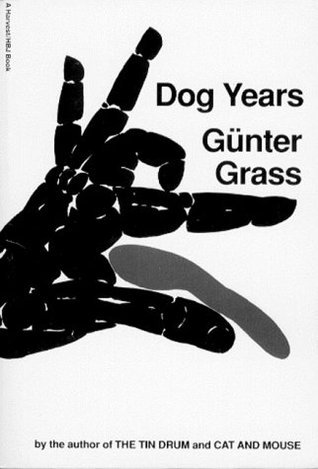What do you think?
Rate this book


576 pages, Paperback
First published January 1, 1963
What does a river like the Vistula carry away with it? Everything that goes to pieces: wood, glass, pencils, pacts… chairs, bones, and sunsets too. What had long been forgotten rose to memory, floating on its back or stomach, with the help of the Vistula.
“The rat can endure without the ratty, but never can there be rattiness without the rat.”